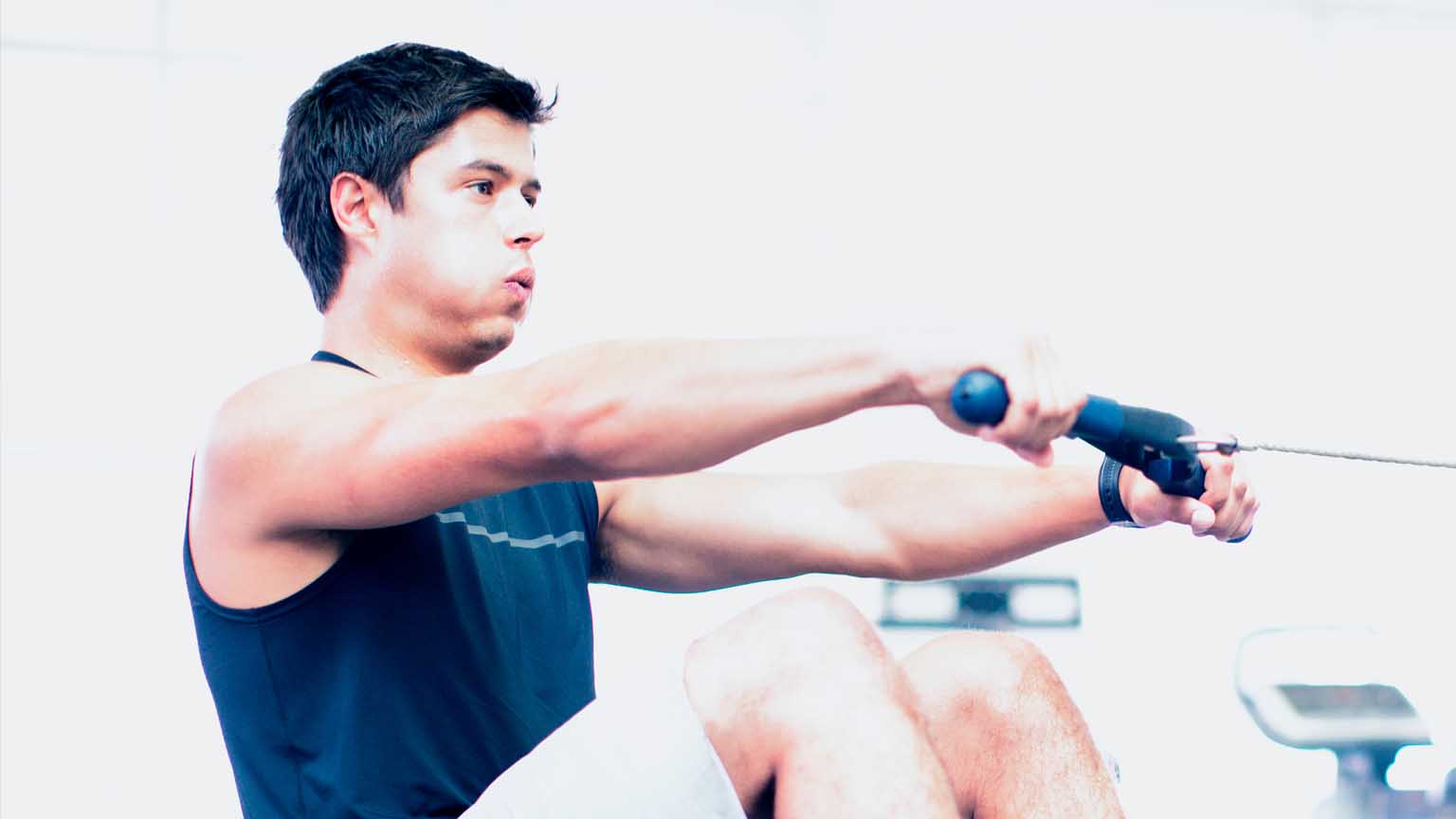 |
| |
|
|
|
ON 21st CENTURY WORKOUTS
The future of fitness
|
|
|
|
|
|
|
|
|
|
|
|
The pandemic created a kind of forcing mechanism for fitness—a chance for people and fitness companies to think through everything from what makes for a better workout to how people can live better, happier, healthier lives. With many gyms and studios having been forced to close, reduce schedules, or trim offerings, this rethink of the future of fitness is happening in any setting where people move, whether that’s outdoors, at home, or even at work.
|
|
|
People have always had this ambition to live healthier lives than they actually do. Most of the time, the pressures of life and a very human lack of discipline get in the way. For some people, the pandemic removed a number of those pressures: there’s research showing that, in general, people have exercised more than usual during the pandemic.
|
|
|
That’s given a push to those aspiring to help people move—gyms, of course, but also app developers, apparel companies, wellness companies, and anyone else involved in the business of fitness. That’s a big change. I think it’s fair to say that up until about ten years ago, fitness was a strong underperformer across consumer sectors. The attitude was, “You want to move more? Here’s the gym; just get your butt in and figure it out.” The product was poorly aligned with what most people needed, so many lost their motivation just a few days or weeks after deciding to commit to a new routine or activity. The sector’s strength was the importance of health and movement to people, not the quality of the offering.
|
|
|
That’s been changing for the past decade or so. There’s been much-needed innovation and much more of a design- and consumer-oriented focus. Providers have spent a lot of effort thinking through all the different ways they can help people move. The pandemic pushed this forward even further. We’re clearly headed toward a future of hybrid, diverse routines and a wide range of high-quality, exciting fitness options. People can go to a gym. They have dozens of different ways to work out from home. I’ve even seen fitness finding its way into the office, where teams encourage members to work out two or three times a week as a way of bringing their best selves to work.
|
|
|
Consumers like all these choices and variety. People don’t return to the same restaurant all the time, even if they love it—they like dining out elsewhere, creating a rich mix. Today’s fitness routines are similar, composed of many different things consumers enjoy doing. Each helps to create a habit that can overpower our usual inertia.
|
|
|
Why should people have just one fitness outlet? While many individual providers will argue that their solution is going to capture the market, I think fitness providers should be asking themselves this question: What is my role in a consumer’s more diverse routine, and how can I deliver on that better than anyone else? Let’s take gyms as an example. Yes, they offer the equipment and space needed to move, but this is less of an advantage now that so many consumers have weights and yoga mats at home. A more unique offering is that gyms can be an amazing “third place,” neither office nor home. If Starbucks can be a third place, you better believe that gyms can: the third place where people create what they call “my moment of the day.” Gyms have been delivering on this promise for decades. By focusing on making that moment a great experience, gyms can have an integral place in the mix, along with outdoor and home-based workouts, apps, data trackers, and all the other options.
|
|
| |
| |
|
of fitness consumers report missing the gym as much as they miss family and friends during the pandemic |
| |
|
In the end, I think most companies should try to excel at what they really do well and enjoy their piece of the consumer’s total spending, which will grow if the whole industry offers excellent, innovative options. These companies share a common goal: let’s help humans move more and be healthier. Yes, they compete against each other, but they are also partners in collectively helping people to live healthier and more active lives.
|
|
| |
| |
| |
| |
| |
| |
|
|
|
|
|
| |
|
Fitness customers’ habits have evolved during the COVID-19 pandemic, offering fitness-industry providers the opportunity to reexamine their value propositions and target specific segments.
|
|
|
|
|
|
|
 |
|
|
|
|
| |
|
Digital fitness solutions aren’t going away in the postpandemic era—but neither are gyms, says Shaun Robert Jenkins, head coach at Tone House, New York City’s fast-growing fitness studio.
|
|
| |
|
|
|
|
| |
|
Miklos Dietz on ecosystems |
|
Ecosystems may be the most powerful force in business, and their influence on company success is growing.
|
|
| |
| |
|
This email contains information about McKinsey’s research, insights, services, or events. By opening our emails or clicking on links, you agree to our use of cookies and web tracking technology. For more information on how we use and protect your information, please review our privacy policy. |
|
You received this email because you subscribed to our McKinsey Quarterly alert list. |
|
|
Copyright © 2022 | McKinsey & Company, 3 World Trade Center, 175 Greenwich Street, New York, NY 10007 |
|
|
|
|





